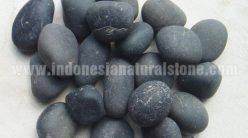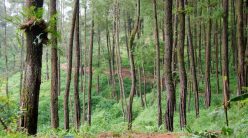borneodelights.com/library
Edible bird’s nest can be categorised into two main types according to the location they are harvested from: cave nest and house nest.
Cave nest
Cave nest are mainly harvested from natural caves in eastern Sarawak and Sabah (two Malaysian states on the island of Borneo). These caves are scattered in the state’s various forest reserves, natural parks and coastal islands. The more famous of these caves are located at Niah, Kakus, Baram and Tinjar.
These caves differ in sizes and heights, but mostly are found on high cliffs facing the sea. Therefore the methods of harvesting differ according to the condition of the caves, and the harvesters often face considerable amount of danger when harvesting the nests.
Since cave nests are “made” by free, naturally-living swallows, some consider them to be more valuable than house nests, and they often fetch a higher price. Cave nest generally contains more dirt and feather than house nest.
House nest
House nest is made by swiftlets that nest under the roof of houses in the countryside. Since many believed that having swiftlets in their house is a sign of good omen, not to mention the prospect of a lucrative trade, it wasn’t long before houses are abandoned to encourage the swiflets to move in.
Indonesians started encouraging swiftlets to nest in empty abandoned houses since the Dutch colonial times. Needless to say, house nest are those harvested from these “swallow houses”.
House nest used to be a specialty of Indonesia, especially common in the coastal areas of central Java, but nowadays other areas have started to produce bird’s nest in the same manner.
Generally, the texture of house nest are smoother compared to those of cave nest, and with less feathers and other contaminants.





